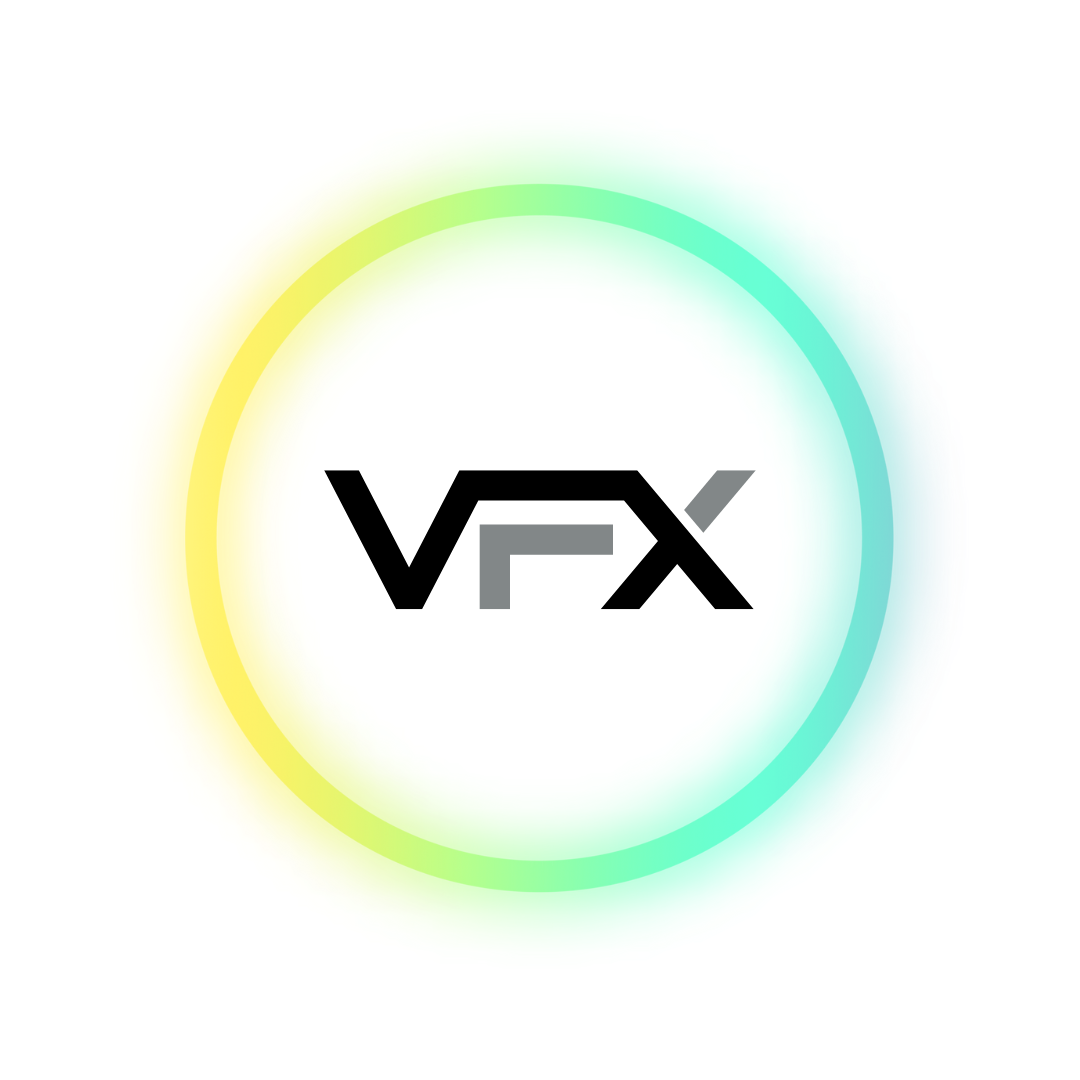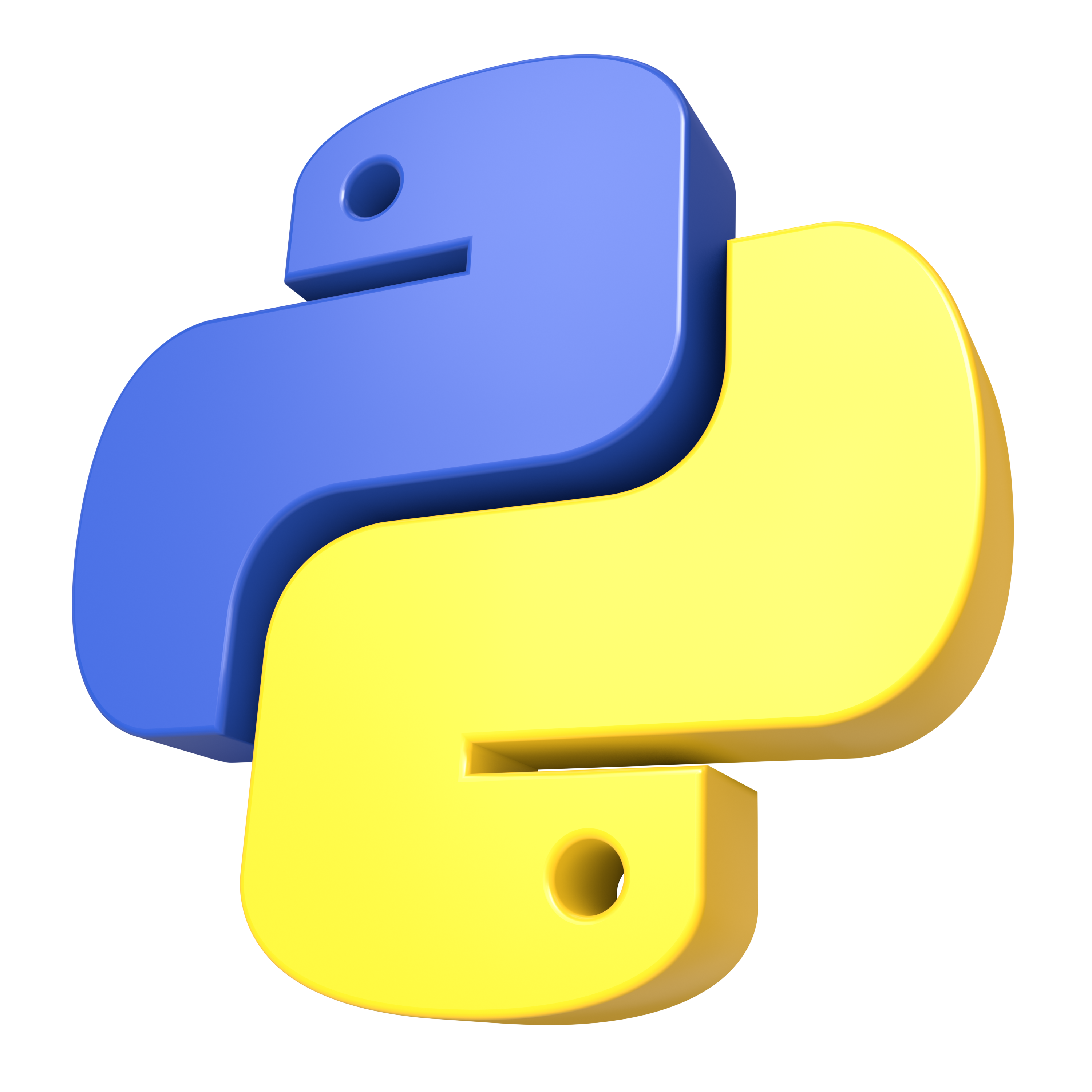Flutter

Course Highlights
|
Let's Talk About Flutter Development...
Before we dive into Flutter, I have a question. Have you ever wondered how apps like Google Ads and Alibaba create seamless user experiences across both iOS and Android platforms with a single codebase? The answer lies in a powerful framework called Flutter.
Flutter is a UI toolkit created by Google for building natively compiled applications for mobile, web, and desktop from a single codebase. It allows developers to create beautiful, fast, and responsive apps with ease.
So, what does a Flutter developer do?
Think of a Flutter developer as an artist and engineer combined. They create visually appealing and functional apps that run smoothly on multiple platforms. Here's a typical process:
- Understand Requirements: It all starts with understanding the project requirements. Businesses might want to create a new app, improve an existing one, or add new features.
- Design the UI: Once the requirements are clear, Flutter developers design the user interface. Flutter provides a rich set of customizable widgets that make it easy to create beautiful UIs.
- Write Code: Using Dart, the programming language for Flutter, developers write the code to implement the app's functionality. This includes everything from handling user inputs to managing data.
- Test and Debug: Developers spend a significant amount of time testing and debugging their apps to ensure they run smoothly and are free of bugs.
- Optimize Performance: Optimization is crucial for a good user experience. Developers use various techniques to ensure their apps are fast and responsive.
- Deploy to Multiple Platforms: One of the biggest advantages of Flutter is the ability to deploy the app to multiple platforms from a single codebase, saving time and resources.
Why is Flutter Development So Important?
Flutter is revolutionizing mobile app development. Here are a few reasons why it's so important:
- Cross-Platform Development: Write once, run anywhere. Flutter allows developers to create apps for multiple platforms from a single codebase, reducing development time and cost.
- High Performance: Flutter apps are natively compiled, which means they run quickly and efficiently.
- Beautiful UIs: Flutter's rich set of widgets and customization options enable developers to create stunning, responsive user interfaces.
- Hot Reload: This feature allows developers to see the results of their code changes in real time, speeding up the development process.
- Growing Ecosystem: Flutter has a vibrant community and a growing ecosystem of packages and plugins that extend its functionality.
Is Flutter Development a Good Career Choice?
The demand for skilled Flutter developers is rapidly growing. It's a dynamic and rewarding career path with excellent job prospects and good earning potential.
How Can I Get Started with Flutter Development?
If you're curious about Flutter, here are some steps you can take:
- Learn the Basics: Start by taking online courses or reading introductory books on Flutter and Dart.
- Practice with Code: Many online platforms offer free tutorials and projects to practice your coding skills in Flutter.
- Join Online Communities: Participate in forums and communities for Flutter enthusiasts. You can ask questions, share your work, and learn from others.
- Contribute to Open Source Projects: There are many open-source Flutter projects available online. Contributing to such projects is a great way to gain practical experience.
The world of Flutter development is vast and ever-evolving. But by taking those first steps, you can unlock its potential and use your skills to create amazing apps that make a difference in the tech world.


















